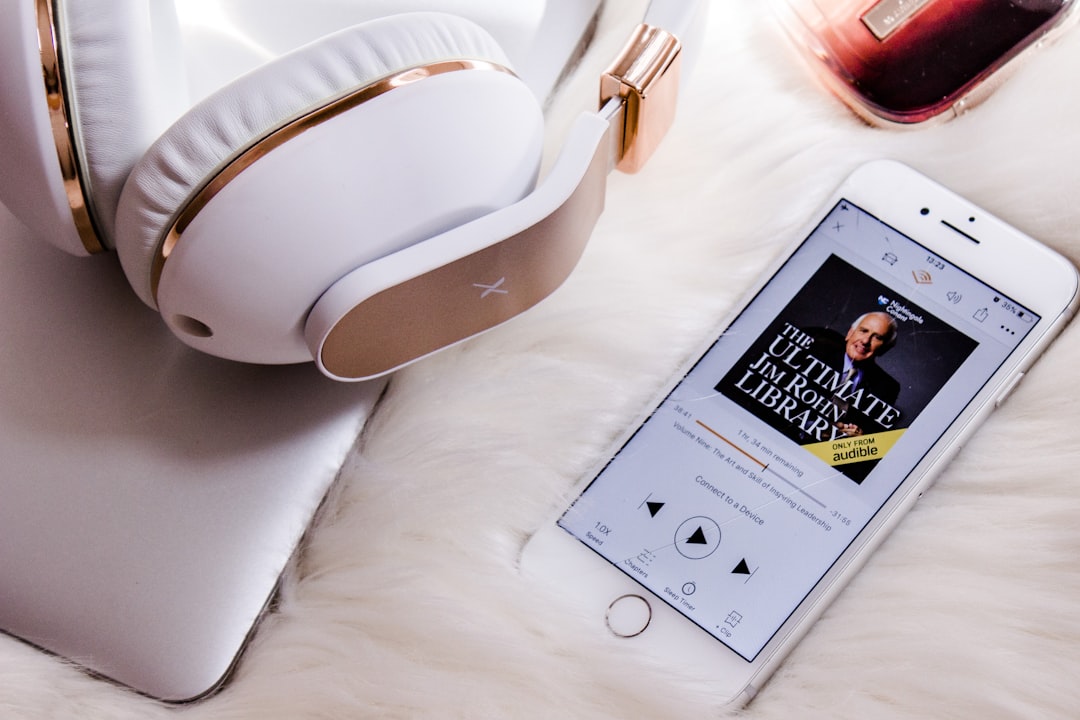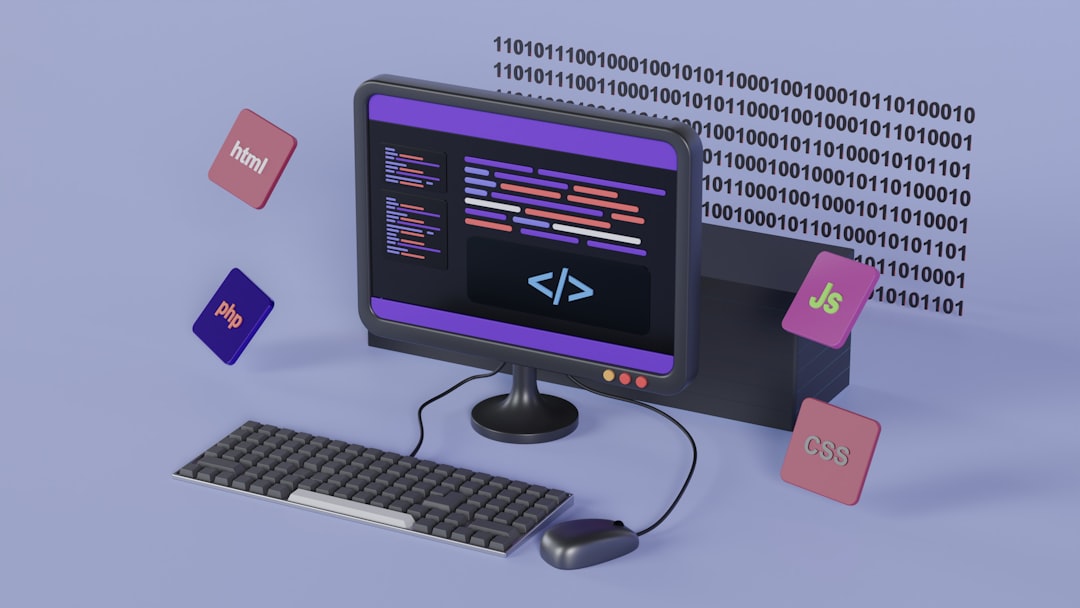Imagine being able to make your own little program that pops up with a friendly message or helps keep track of your movie collection. Sounds cool, right? That’s what Visual Basic can help you do! It’s one of the easiest programming languages to learn, especially if you’re just starting out. Let’s explore what Visual Basic is and how it works — in plain English.
What Is Visual Basic?
Visual Basic (or VB) is a programming language developed by Microsoft. It was created to make programming easier — especially for beginners. Instead of typing lots of complicated code, Visual Basic lets you drag and drop buttons, text boxes, and other building blocks to create programs quickly.
It’s based on an older language called BASIC, which stands for Beginner’s All-purpose Symbolic Instruction Code. So yes, it was designed for beginners just like you!
Why It’s Called “Visual”
The “Visual” part of Visual Basic is all about how you make your program look. You build the interface — or the way the program looks to the users — by visually placing items like:
- Buttons
- Labels
- Text fields
- Check boxes
You just drag these onto a window and size or move them however you like. This is called a Graphical User Interface or GUI.
Then, you use code to tell the program what to do when someone clicks a button or types something in. Easy, right?

What Can You Make With Visual Basic?
You can build all kinds of cool stuff with Visual Basic! Here are a few examples:
- Simple games
- Calculators
- To-do list apps
- Inventory trackers
- Data entry forms for businesses
Basically, any small project that helps solve a problem or do a job better can be coded with VB. It may not be used for complex video games or high-speed apps, but it’s great for learning and building useful tools.
How Does It Work?
Visual Basic is all about event-driven programming. This means that your code runs in response to events — like clicking a button, opening a form, or typing something.
Here’s the basic flow:
- You create the interface using the visual tools.
- You write code that tells the program what to do when things happen (like a click).
- You run the program, test it, and fix anything that goes wrong.
Here’s a simple example: Say you make a form with a button and a message box. You can write code so when someone clicks the button, the message box pops up and says, “Hello there!”
Example Code: Hello World
Want to see what code in Visual Basic actually looks like? Here’s an easy example:
Private Sub btnSayHello_Click()
MsgBox("Hello, World!")
End Sub
Let’s break that down:
- Private Sub: This means you’re creating a subroutine, or a little chunk of code that does something.
- btnSayHello_Click(): This tells the program to run this code when the button named btnSayHello is clicked.
- MsgBox(“Hello, World!”): This pops up a little box with a message in it.
See? Even if you’ve never written code before, it makes sense!
Different Versions of Visual Basic
Over time, Microsoft has released several versions of Visual Basic. Here are the main ones:
- VB6 (Visual Basic 6.0) – A very popular version from the late 1990s. Still used in some older systems today.
- VB.NET – This came out in the early 2000s. It’s part of the Microsoft .NET Framework and can do a lot more.
- Visual Basic for Applications (VBA) – This is used inside Microsoft Office apps like Excel and Word. You can use it to automate tasks!
If you’re new, it’s best to start with Visual Basic .NET (VB.NET) because it’s modern and still supported.

What Do You Need to Start?
To begin programming in Visual Basic, you’ll need a few tools. Good news: most of them are free!
- Visual Studio Community Edition – This is the main tool used for coding in VB.NET. It’s free for students and hobbyists.
- A Windows computer – Visual Basic runs best on Windows, since that’s what it was built for.
- Some free time and creativity – You’ll learn best if you practice by making fun, simple projects.
Just download Visual Studio from Microsoft’s website, install it, and you’re good to go!
Learning Tips for Beginners
Here are a few friendly tips if you’re just starting with Visual Basic:
- Start small – Don’t try to build a huge program right away. Try making a simple calculator or a message box app first.
- Play with the UI – Drag and drop all the tools and see what they do. Don’t worry, you can’t break anything!
- Use Message Boxes – They’re great for seeing what’s happening when you test your code.
- Look up examples online – The VB community is helpful, and there are lots of sample projects to learn from.
- Be curious – What happens if I click this? What if I change that? That’s how all programmers learn.
Is Visual Basic Still Useful Today?
Yes! Even though more modern languages like Python and JavaScript are popular now, VB is still used in many businesses to maintain older software. It’s also perfect for learning the concepts of programming like:
- Variables
- Loops
- Conditional statements (if-then)
- Functions and methods
- Working with files and databases
So while you might switch to other languages later, Visual Basic is a fun and gentle way to get started.
Final Thoughts
Visual Basic is like the training wheels of programming. It’s friendly, colorful, and lets you try things out fast. You’ll learn the logic of writing code without feeling overwhelmed.
If you want to make applications that do real things without needing years of experience, VB is a wonderful place to begin. Who knows? That simple calculator you make today might just be the first step toward being a professional programmer tomorrow.
Now go on and create something awesome!